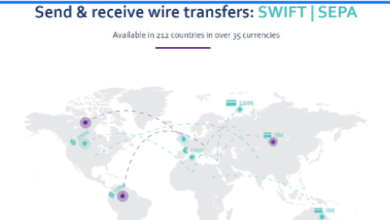Boosting Your Business: Leveraging the Internet for Success

Without question, the internet is a powerful tool for businesses of any size and industry. It allows you to reach new customers, promote products and services and ultimately increase sales.
The truth is, it’s going to be hard finding a company today that doesn’t leverage the internet. But what are some ways it can take your business to the next level? As an initial piece of advice, get your internet from a highly trusted provider like MATE Australia. This ensures you have fast, reliable internet all the time.
Building an Online Presence
Your website is basically where existing and potential customers alike can learn more about you and what you do or provide. But of course, it’s important that your website is professional-looking in order to gain customers’ trust. You can create a website with limited technical knowledge, but for a website that truly delivers, you might need professional services.
The Power of Search Engines
A great way for your business to stay on top of people’s minds is to rank high on Google. For this, you need some search engine optimisation know-how. It’s the practice of making your website more visible in search engine results pages.
Connecting Through Social Media
Everybody is on social media these days, so it’s important to make use of them. Connect with customers and build brand awareness through platforms like Facebook and Instagram. Share interesting content, run promotions and respond to customer enquiries (even real-time conversations).
Reaching New Customers with Online Advertising
Target your ideal customers with laser-like focus. You can do this via platforms like Google Ads and Facebook Ads. Create targeted ads based on demographics, interests, online behaviour and other factors. By doing so, you’re sure that your message will reach its intended audience.
eCommerce: Selling Online
The internet has revolutionised shopping. With an online store, you can sell your products to customers around the world, 24/7. There are platforms that make it easy to set up and manage your own online store, even if you don’t have much technical experience.
Email Marketing: Staying Connected
Email marketing works by nurturing leads and converting them into paying customers. For this, you need to build an email list and send regular newsletters with updates, promotions and special offers to existing and potential customers.
Benefits of Online Tools
The internet provides a wealth of tools and resources to help you operate your business more effectively. From project management software to online accounting solutions, there’s a solution for practically any business requirement. These tools can save you time and money while streamlining your operations.
Maximise the Internet for Your Business
Sure, you’re likely using the internet already to help with your business, but are you really maximising it? Here, we showed how you can leverage its power, so you can reach a wider and more targeted audience, promote your brand more effectively and ultimately improve your bottom line.
Explore the options we discussed above and see that even the smallest of steps can make a difference in your online presence and overall business growth. The key is to make the most of the internet. It all starts by getting top-notch internet services, such as MATE Australia.



